Vogt et al. (2007) developed an improved method for classifying forest fragmentation. The Landscape Fragmentation Tool v2.0 uses an equivalent procedure that takes advantage of the capabilities of ArcGIS. As a result, the LFT v2.0 is able to perform the fragmentation analysis in an efficient and intuitive manner and yet generate identical results to the procedure used by Vogt et al. (2007). Although originally intended for forest fragmentation analysis, the LFT v2.0 is also applicable to any land cover type of interest. Below, we describe the procedure used by the LFT v2.0.
LFT v2.0 classifies a land cover type of interest into 4 main categories - patch, edge, perforated, and core. The core category is further divided into small core, medium core, and large core based on the area of the core tract. The main categories are defined based on an edge width parameter. Many studies have documented the degradation of forests or grasslands along the edges of disturbances. The edge width indicates the distance over which a fragmenting land cover (i.e. urban) can degrade the land cover of interest (i.e. forest). The width of 'edge effects' varies with the species or issue being studied and can range from 25 meters to several hundred meters. An edge width of 100 meters is often used for general purpose analyses. The sub-classification of core pixels is based on studies of forest ecology. These studies have found that the area of a forest tract impacts its viability in terms of supporting wildlife. Larger forest patches are more likely to support greater numbers of interior forest species. The core subdivisions used in LFT v2.0 are based on a summary of the relevant scientific literature done by Natural Resources Canada.
Assuming 1) an edge width of 100 meters, 2) forest is the land cover type of interest, and 3) urban is the fragmenting land cover...
core pixels are any forest pixels that are more than 100 meters from the nearest urban pixel
small core patches have an area of less than 250 acres
medium core patches have an area between 250 and 500 acres
large core patches have an area greater than 500 acres
patch pixels are within a small forest fragment that does not contain any core forest pixels
perforated and edge forests are with 100 meters of urban pixels but are part of a tract containing core pixels:
edge pixels are along the outside edge of the forest tract
perforated pixels are along the edge of small forest gaps
See Parent and Hurd (2008) for a detailed description of the procedures used by LFT v2.0
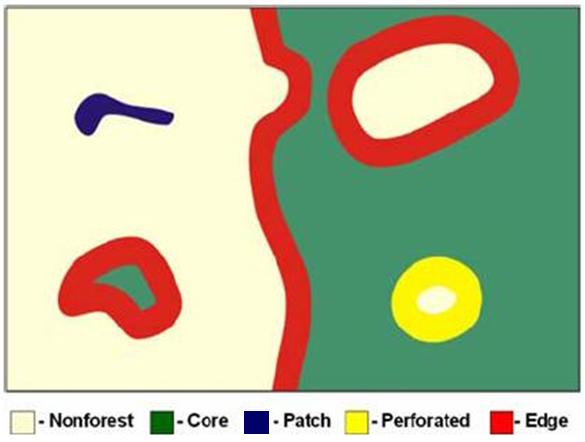
| Core (interior): occurs outside of the "edge effect" zone and so is not degraded by fragmentation. | 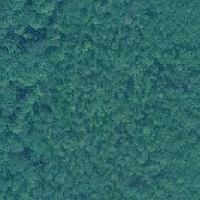 |
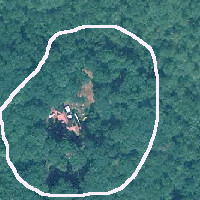 |
|
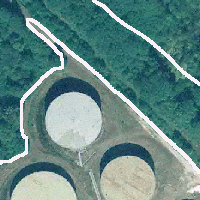 |
|
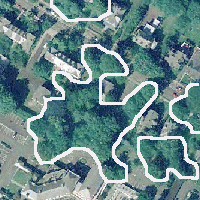 |